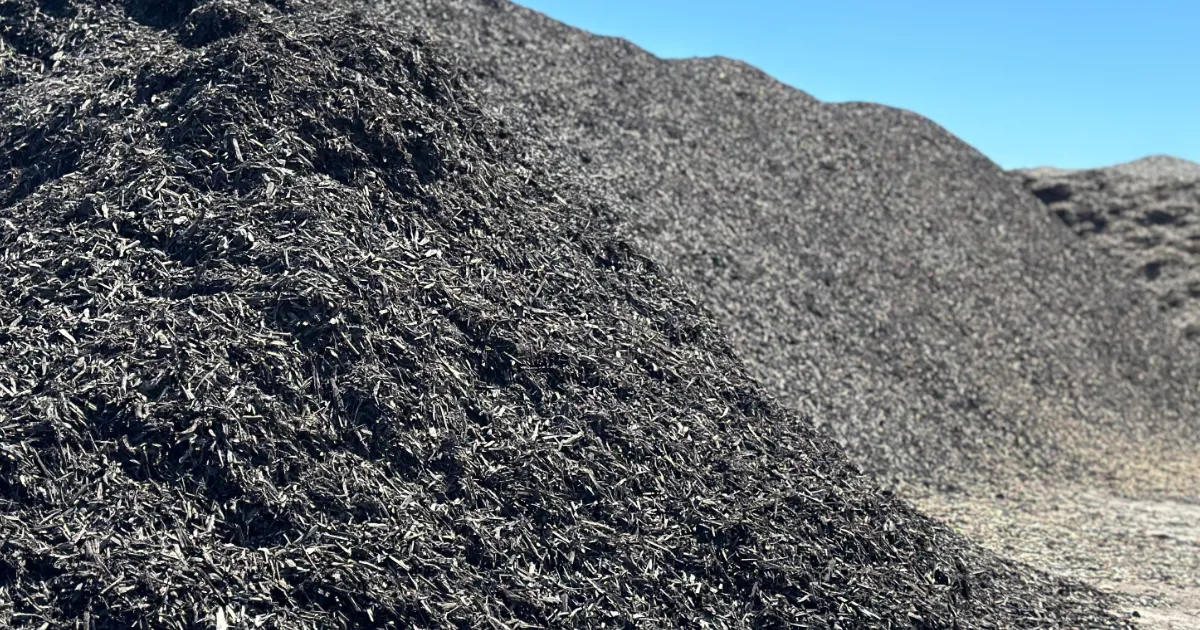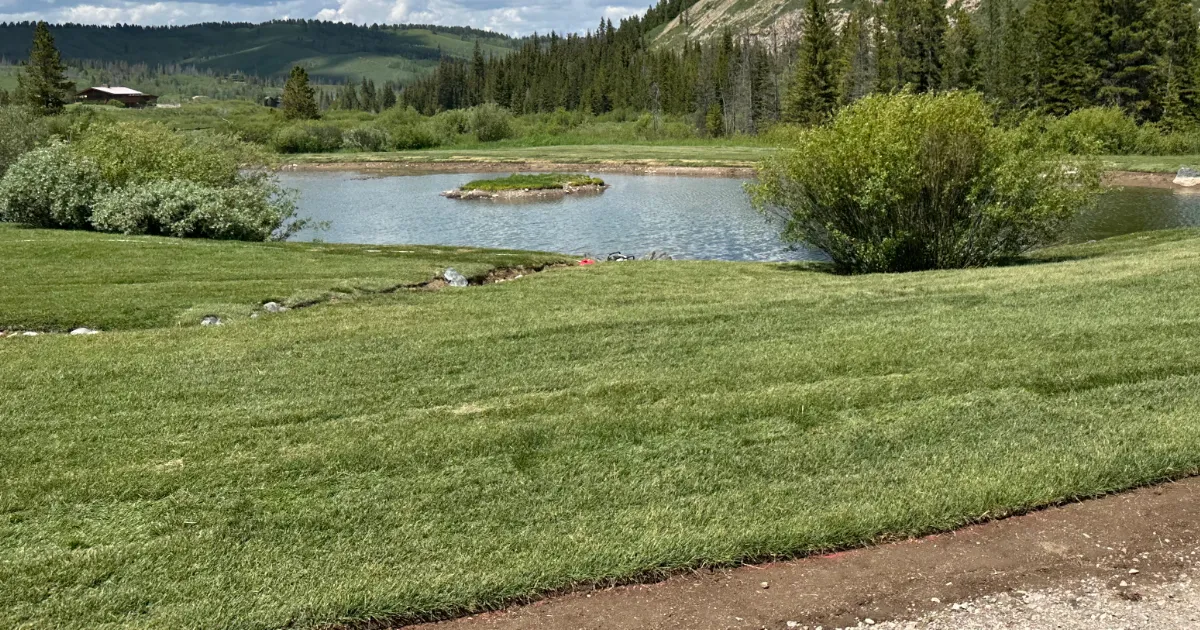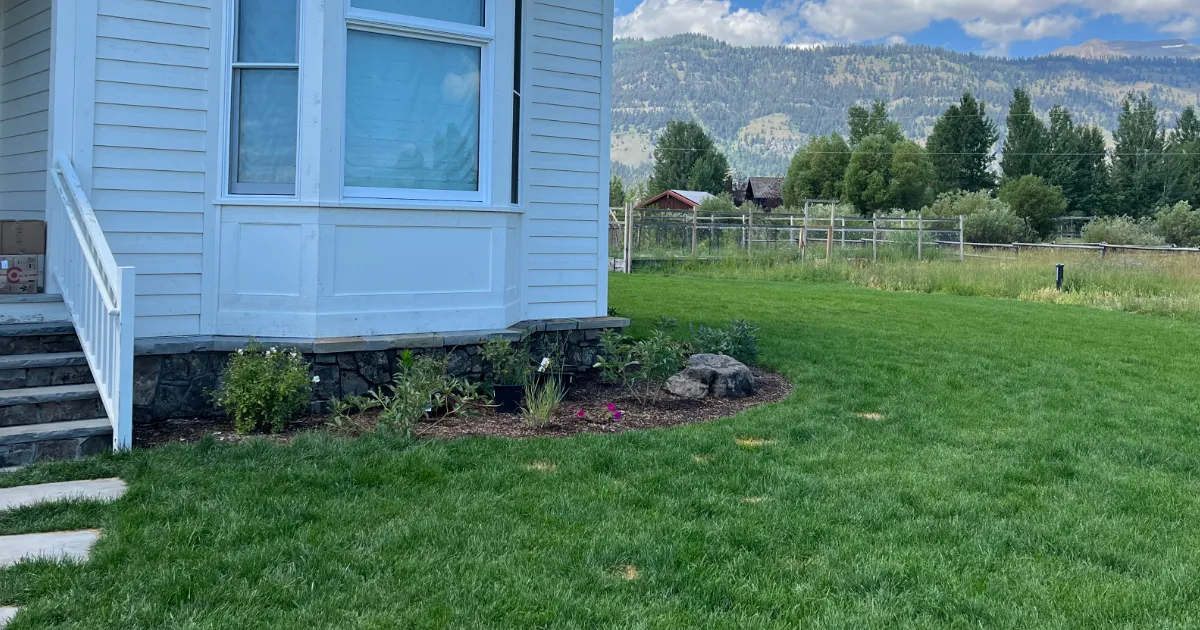Mulch is an excellent addition to any beautiful landscape, but on top of being an attractive element to your yard, mulch has many benefits to the health of your trees, garden, and shrubbery. Here are a few things to consider when it comes to your mulch.
(Q)What are the benefits of mulch?
(A)Replenishing your yard with a fresh layer of mulch every spring brings many benefits to the health of your plants. Here are a few signs your yard can use mulch:
- Weeds. Weeds can be notorious and a chore to deal with every spring. The reason weeds can become an issue is because they are competing with your plants for water and nutrients. Mulch is a great way to keep weeds down since mulch blocks out the sun and prevents the roots from taking hold in the soil.
- Lacking nutrients. Mulch is a natural way to replenish the nutrients in your soil and help your soil build a strong foundation for plant health. Soil tests are an easy way to analyze your yard’s health and if your plants are lacking certain nutrients that much can replenish,
- Insulation. Mulch is a natural insulator that protects roots and feeble stems, allowing proper growth to take place. A natural insulation also protects from heavy freezes, rain, and strong wind.
(Q)When should I put mulch in my yard?
(A)You can put mulch in your yard anytime during the year, but there are certain times that are optimal for your mulch to reach maximum efficiency. Below are the different seasons and the benefits they bring:
- Spring. Most mulch application takes place during the spring, typically around Mother’s day weekend. Mulch is best set during the spring after a light rainfall, which will help the mulch set and stay in place. We recommend not applying mulch too early in the season, as the insulation effect that mulch provides will hinder the soil warming to a natural temperature.
- Summer. Mulching in the summer can be beneficial, especially during times of drought when the current mulch is not retaining sufficient water. Refreshing the mulch in your yard can also replenish a good color to your yard when the dye has faded from the sun.
- Fall. As the air cools and plants go dormant, applying a fresh coat of mulch is a benefit to your garden to naturally insulate before the snow comes and the ground freezes. And this doesn’t necessarily have to be a wood mulch. If your yard has plenty of fallen leaves and small branches, these can act as a natural mulch to insulate the garden before winter.
- Winter. While mulch isn’t necessary, if you are worried about the insulation on your garden, adding mulch can be beneficial to the protection of the roots and stems.
(Q)How do I measure for mulch?
(A)Mulch is calculated by cubic yards. An easy formula to consider is Length x Width x Depth/324. One cubic yard will cover 324 square feet at a 1” depth. 3” depth is recommended for your general landscape & garden.
(Q)What kind of mulch do I need?
(A)There are different varieties of mulches, each with their own benefit. A natural mulch is perfect for a garden, but if you desire a bit of color to your landscape, consider a non-toxic dyed mulch with colors such as black, brown, or red mulch. When selecting a mulch, check with your supplier to make sure the mulch you are purchasing is a natural variety.
(Q)How do I maintain my mulch’s appearance?
(A)Upon installation, make sure to not apply heavy watering for 24-48 hours, allowing the mulch to set. Heavy watering can cause the dye to “bleed” and run onto concrete and surrounding landscape. If weeds start to appear within your mulch, you can either remove them or take a weed killer to the mulched area.








